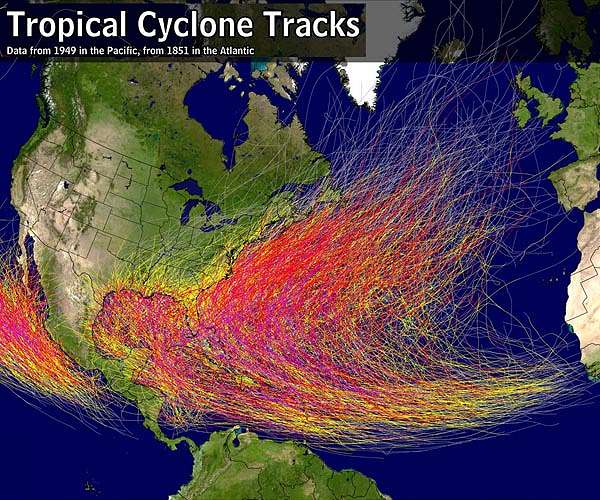Supergrids could stabilize Caribbean power during hurricanes, research shows
The potential of “supergrids” to stabilize energy supplies during hurricanes is being explored by researchers at the Department of Energy’s Oak Ridge National Laboratory.
The Caribbean islands, which have traditionally relied on expensive imported fossil fuels, are undergoing a transition to harnessing local solar and wind energy sources. However, the prevalence of hurricanes poses a significant challenge to solar energy generation. Oak Ridge researchers developed a detailed modeling method to anticipate declines in solar energy production during stormy conditions and explored how interconnected networks can help mitigate these energy losses.
Rodney Itiki, the lead researcher, emphasizes the importance of such infrastructure planning to ensure consistent access to electricity in the Caribbean, including 12 island states and U.S. territories such as Puerto Rico and the U.S. Virgin Islands. “The loss of the sun’s energy during hurricanes is likely to become increasingly important in islands like Puerto Rico, which has set a goal of switching to fully renewable energy by 2050,” says Itiki.
The team’s research involved simulating how different configurations of interconnected networks would support electricity availability during hurricanes. They analyzed scenarios in which major hurricanes could disrupt power from solar power plants, while assessing possible solutions such as laying high-voltage submarine cables.
“This is one of the most important contributions of the research, because when we design the power system, we must take into account all possible cases – especially the worst-case scenario,” says Itiki, a postdoctoral research associate in ORNL’s Power Systems Resilience group.
Their simulations showed that a supergrid connecting the US, the Caribbean Islands and South America could increase regional energy reliability. The most effective configuration was found to be a combined US-Caribbean grid, while a standalone Caribbean grid was less effective due to the alignment of hurricanes on the islands.
Itiki’s inspiration for studying electricity grid interconnectivity came from observing successful submarine electrical connections such as those between Britain and Germany. Following the devastating impact of Hurricane Maria on Puerto Rico in 2017, which resulted in extended power outages, he focused on the possibilities of connecting Puerto Rico’s electrical grid to that of Florida.
Itiki originally focused on wind energy, but after improvements in turbine technology, Itiki switched to the dynamics of solar energy. His upcoming projects focus on merging his models of solar and wind energy to evaluate how supergrids can broadly improve energy reliability in both the Caribbean and the continental US.
Itiki also underlined the need for more studies to investigate the environmental and economic feasibility of installing submarine cables, although its current models provide valuable insights for planning and managing energy systems during severe weather.
Research report:Method for the spatiotemporal estimation of the solar energy profile for a proposed US-Caribbean-South America supergrid under hurricanes


